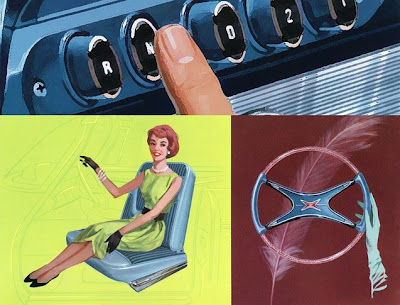





He preferred to call himself a form engineer or form technician rather than a designer. He believed in functionality, standardisation and machine production, and profiled himself as one of the first industrial designers in the Netherlands. In his eyes, a design must take account both of ergonomics and user-friendliness, and of the demands of mass production. The kitchen he designed for Bruynzeel in 1938 is a good example. It was highly progressive for its time. This was the first time that domestic appliances like a refrigerator and stove could be integrated in the design in a practical way. All the elements were designed with logical proportions, and customers could combine them as they wished.
The same urge to innovate is also evident in Piet Zwart’s graphic work. His designs are simple and functional, but also playful.
Zwart was not part of the Amsterdam School or the ‘De Stijl’ movement, though he was influenced by them. At the same time, he was drawn to the international avant-garde, particularly Russian Constructivism. In the 1920s, when Piet Zwart began to work for the progressive Nederlandsche Kabelfabriek In Delft, he was able for the first time to experiment with upper and lower case, lines, circles and screens. He used alliteration, the visual reworking of letter shapes, repetition and combinations of figures and letters, creating his own unique new style that still has great influence today.
http://en.wikipedia.org/wiki/Piet_Zwart
http://pzwart.wdka.hro.nl/
http://www.gemeentemuseum.nl/index.php?id=035578&langId=en

































